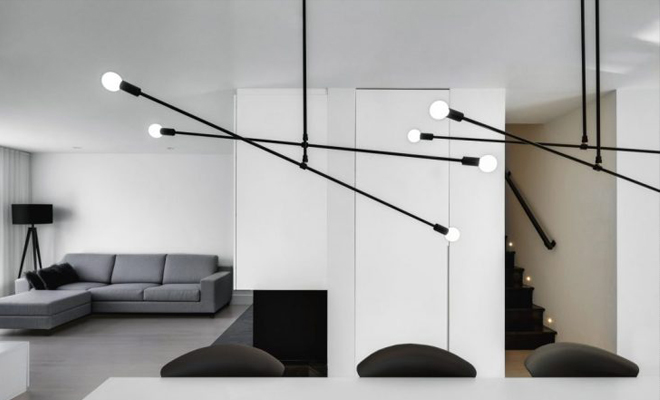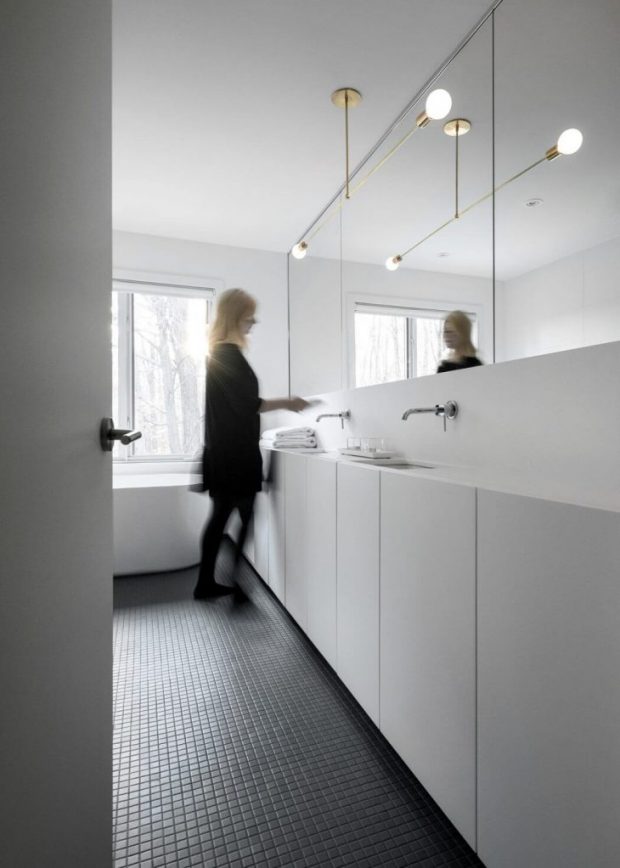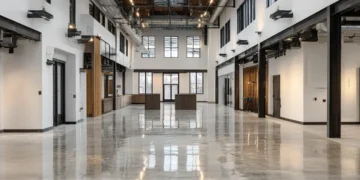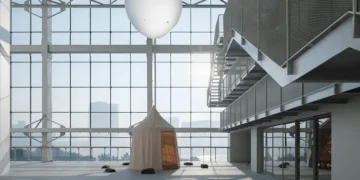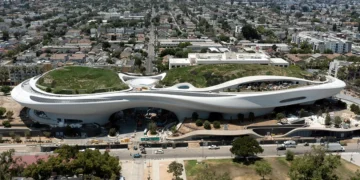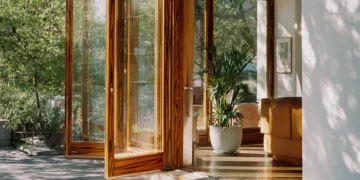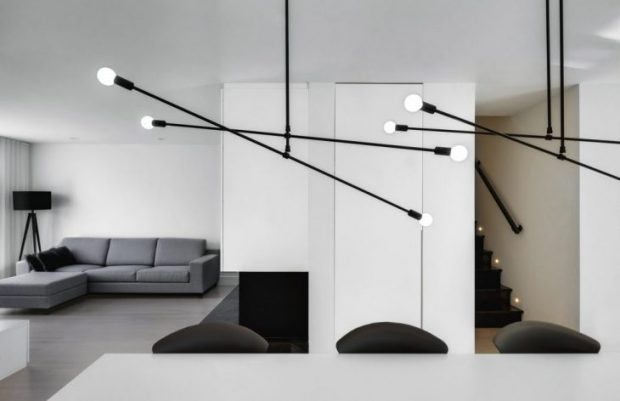
Architecture is the product as well as the process of planning, designing and constructing buildings and other physical structures. For most of us who are not architects and who are not directly involved with the design and construction of buildings, the word “architecture” mostly refers to the product itself, that is, the style or the design of a building and the creativity involved in its formation. In essence architecture is very similar to art and is itself an art form in that it can invoke within us feelings and changes of mood. If a specific architecture style is aesthetically pleasing, it will make you feel good, especially if this architecture exists somewhere where you reside for long periods of time… like your home.
But the architecture itself is only part, albeit a large part, of what provides for this mood-swinging effect. Of all other factors involved, light is the most important in the appreciation and understanding of, as well as the delight in architecture.
Read more after the jump:
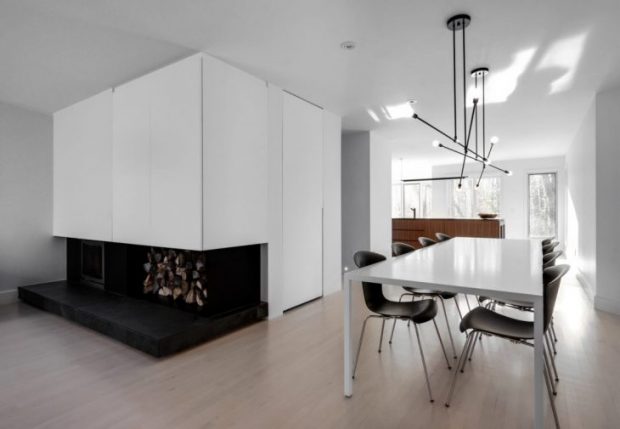
This unbreakable bond between light and architecture is found within the principles of physics. It is about both energy and matter, but it also invokes an emotional response in people as well. Light within a space, whether it is indoor or outdoor, will define the character of the space and will create impressions. Our eyes sense the light through incidence and reflection and through this process, information about the ambiance in the space is gathered. These visual impressions are deciphered in our brains and are put into perspective. The result is the spontaneous expression of emotions that move us to take specific actions.
How can you add value to your home or your business? How can we add value to our cities, our public spaces and our institutions simply by the use of light? Here are several simple guidelines that can drastically change how we view our environment around us and that can make any lighting project, large or small, more flexible and financially viable:
- Understand the visual needs of the users of each space – what visual tasks will be undertaken there?
- Analyse the form and function of the space – surfaces, materials, colours, form – and keep in mind how light will react in such a space
- Select the appropriate light source – not necessarily the most advanced lighting technology – choose the proper source for the place and moment you need to illuminate
- Make sure the most appropriate electrical cable is used for each application and both planned out thoroughly and installed by a reputable, qualified electrical engineer. For example, BS5467 cable should be used to distribute power to outdoor areas such as summer houses or patio areas as it’s armoured to protect against accidentally cutting through the cable whilst gardening, whilst Twin & Earth cable and 6491X cable are more appropriate for internal wiring and fittings.

Light should not just accentuate architecture, it should become an inseparable part of it. Richard Kelly, a pioneer in the use of light as part of architecture, has established three basic visual effects to be used to design the lighting of any space: Focal glow, a pool of light that draws attention, Ambient Luminescence, uninterrupted, extensive and uniform lighting and Play of brilliance, the sparkle of reflected light from brilliant surfaces.An adequate balance of these three elements should provide for a visually appropriate light scene based on the character and use of a space.
Images from Residence in Montréal by Appareil Architecture
